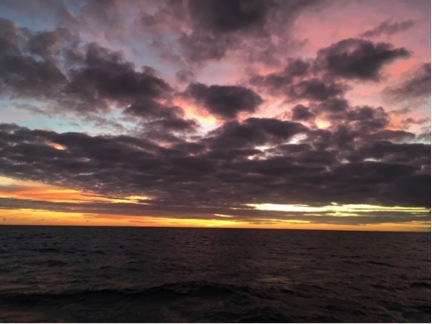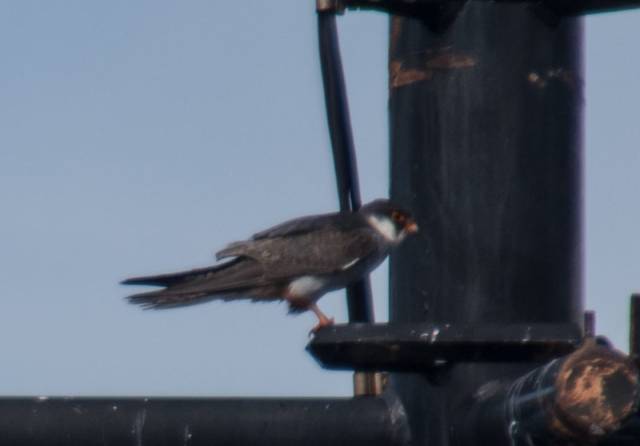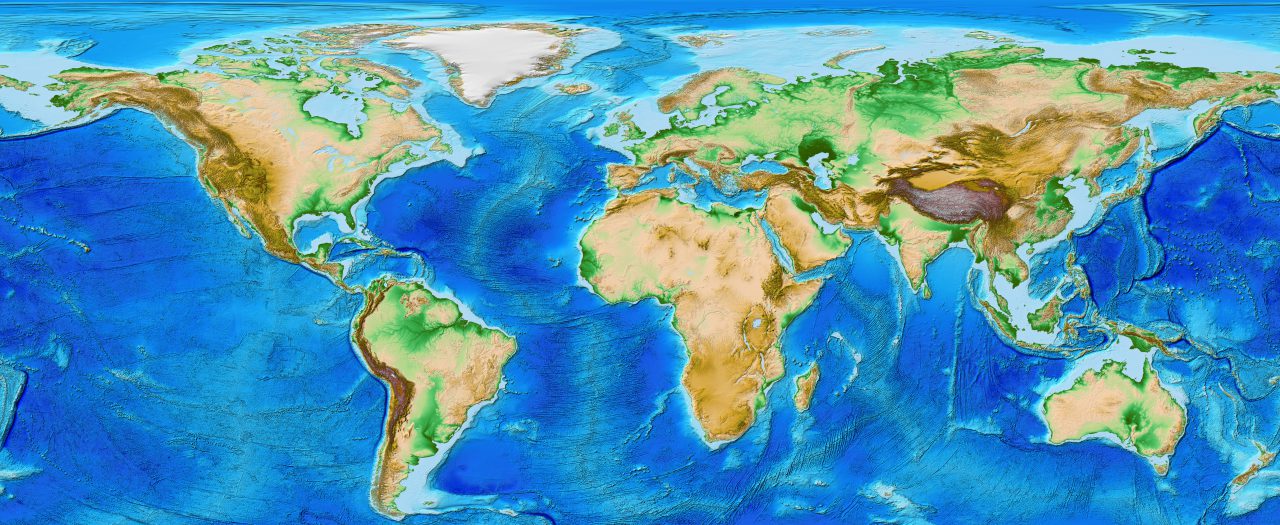Author: Kathryn Williams
The sea was angry that day, my friends – like an old man trying to send back soup in a deli. So I went to talk to Dana Greeley about DIC… Here is that “conversation”.
Kathryn: What is DIC?
Dana: DIC is an acronym that stands for Dissolved Inorganic Carbon. It is also referred to as Total CO2 (carbon dioxide). It is the sum of the dissolved carbonate species in the seas: carbon dioxide, carbonic acid, bicarbonate, and carbonate. DIC is a key parameter when making measurements related to pH and carbon dioxide flux estimates. But do most of the readers of this blog really want to hear about this? Can’t we talk about the nice sunsets we’ve had recently? Here give them the link to DIC from Wikipedia. Then we can use your blog post to talk about something more entertaining.

Kathryn: OK then, when did you start sailing and why do you still go out to sea to measure DIC?
Dana: A few of my favorite literary quotes might explain my motivation: “Of all the things that drive men to sea, the most common disaster, I’ve come to learn, is women.1” But that was not the case with me. “If you really want to hear about it, the first thing you’ll probably want to know is where I was born, and what my lousy childhood was like, and how my parents were occupied and all before they had me, and all that David Copperfield kind of crap, but I don’t feel like going into it, if you want to know the truth.2” “Some years ago – never mind how long precisely – having little or no money in my purse, and nothing particular to interest me on shore, I thought I would sail about a little and see the watery part of the world.3”
Kathryn: OK, alright, hold it right there! Back to the interview… How do you measure DIC?
Dana: Aarrgh, alright. But you’re going to lose your readers if we go into this full on. Send the scientists to read The Handbook and I’ll give you the layman’s version here. We collect seawater from each niskin and take those back into our 20’ shipping container that has been modified as a sea-going laboratory. Inside that lab we hook up the seawater sample to our equipment and withdraw a measured volume. That volume then drops down into a test tube shaped piece of glass (stripper) where we add a small amount of dilute acid and bubble CO2 free air through the seawater so that it resembles a nice freshly poured glass of Fresca. You know what a Fresca is don’t you Mr. Scholarship winner? The (stripped) gas from that Fresca is then sent to a cell (picture a glass beaker with side arm) which contains a blue pH reactive solution that turns clear with the addition of CO2. The cell sits in an analyzer (coulometer) which sends a light path through this (blue) solution and on the other side sits a detector which collects the light and counts the coulombs and with some additional bells and whistles we determine the total CO2 (aka DIC) within that seawater sample. You’re losing your readers here. Seriously, if you want to know more, read the Handbook.

Hey, did you know the captain spotted a falcon back a week ago? Turns out it was an Amur Falcon, late returning migrant to its breeding grounds.

Kathryn: OK, back to the interview… Why are you out here measuring DIC; what is it used for?
Dana: Knowledge is Power! More data means more knowledge which yields a greater understanding. These GO-SHIP cruises are a continuation of the CLIVAR/WOCE lines and this repeat hydrography helps to improve our understanding of the ocean carbon cycle and how it is changing over time. Data from those previous hydrographic cruises show that the ocean is not evolving with smooth decadal trends. Therefore we need to continue to go to sea to make these carbon measurements until an Argo type float can replace us humans. The old saying still holds true, “Don’t send a buoy to do a man’s job.” Our DIC analysis helps climate scientists study climate change and predict future climate states with different climate scenarios. Speaking of, can you believe how hot it is outside today? I wish we could package up this heat and save it for the next time someone back home says, “It’s really cold outside, they are calling it a major freeze, weeks ahead of normal!”
Any last comments?
Yes, did you know we have now crossed into the Arabian Sea? It will be interesting to see what the Oxygen Minimum Zone holds in store for us as we continue north. I expect it will be a CO2 maximum, but that’s why we come to measure.
1 Charles Johnson, Middle Passage
2 J. D. Salinger, The Catcher in the Rye
3 Herman Melville, Moby Dick
